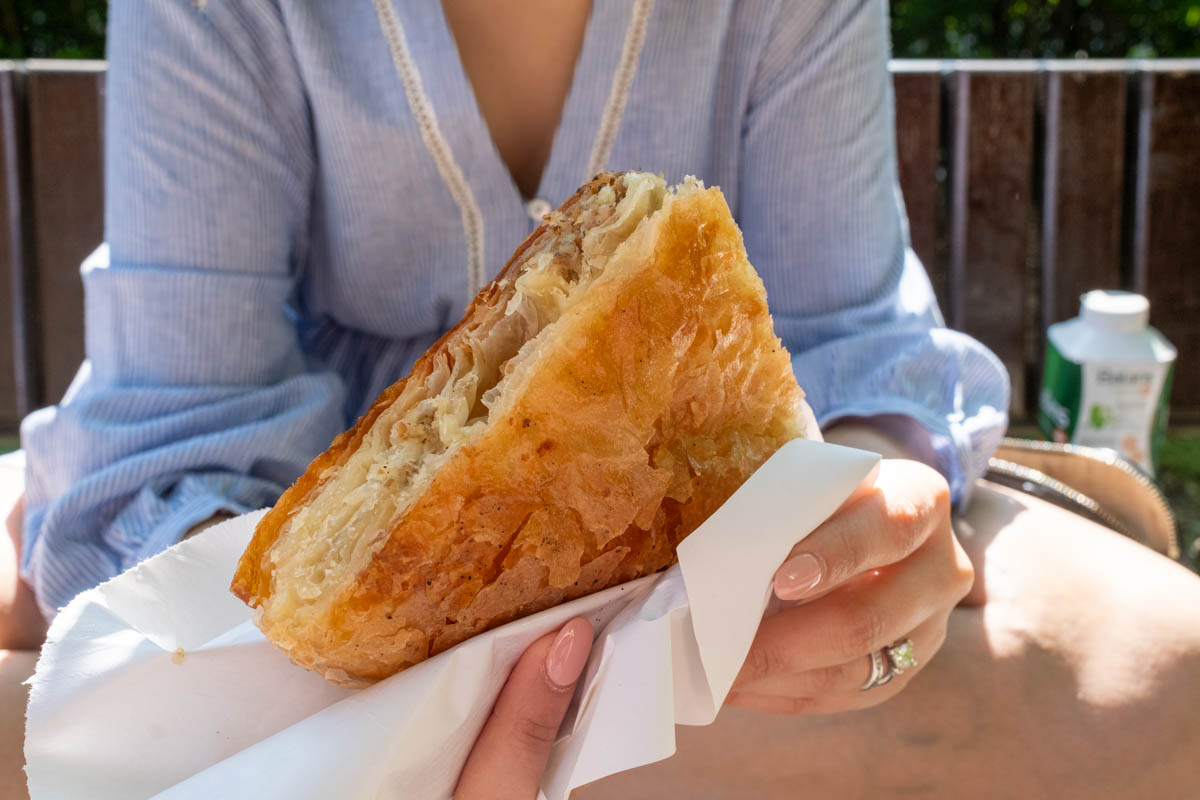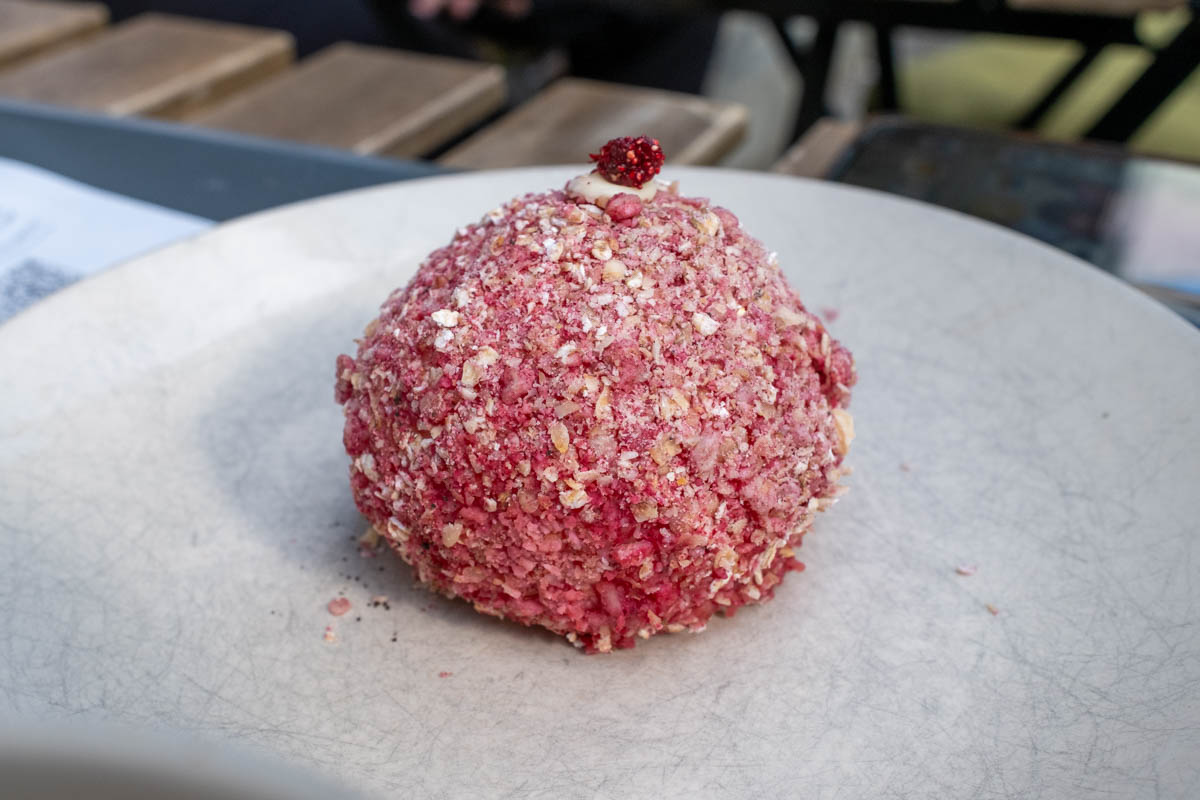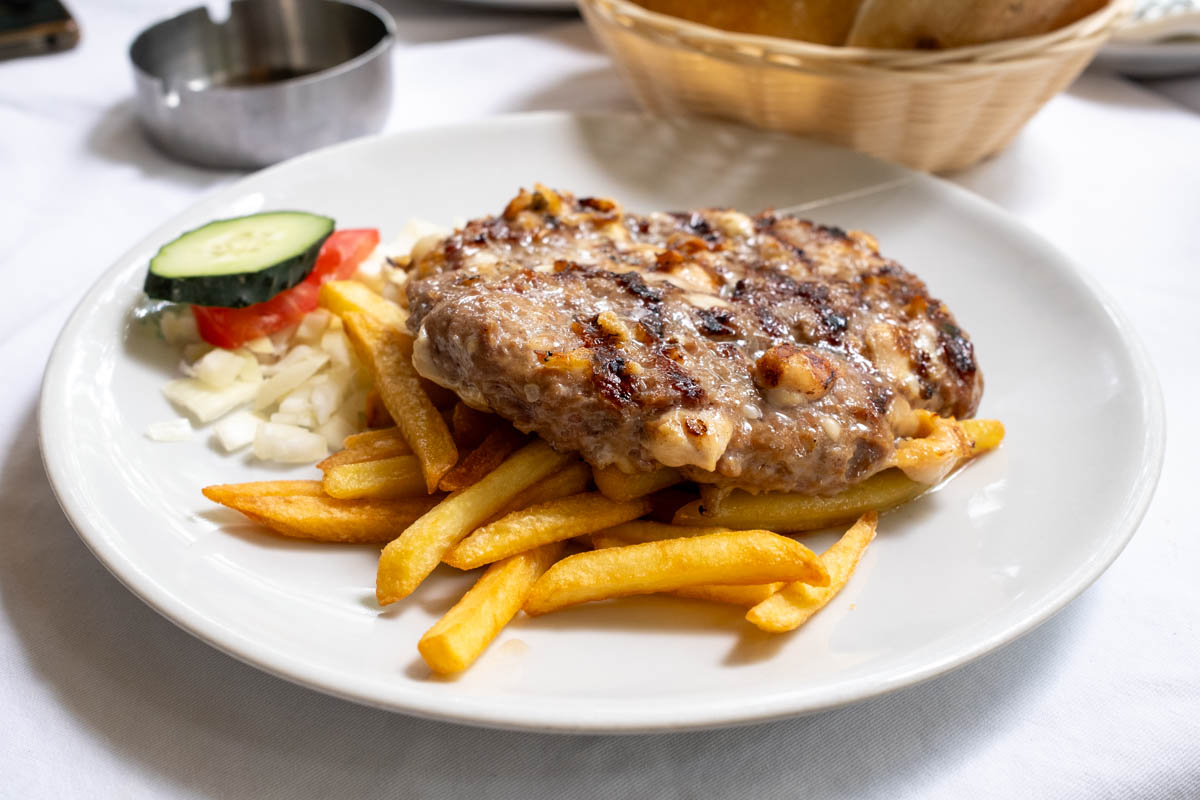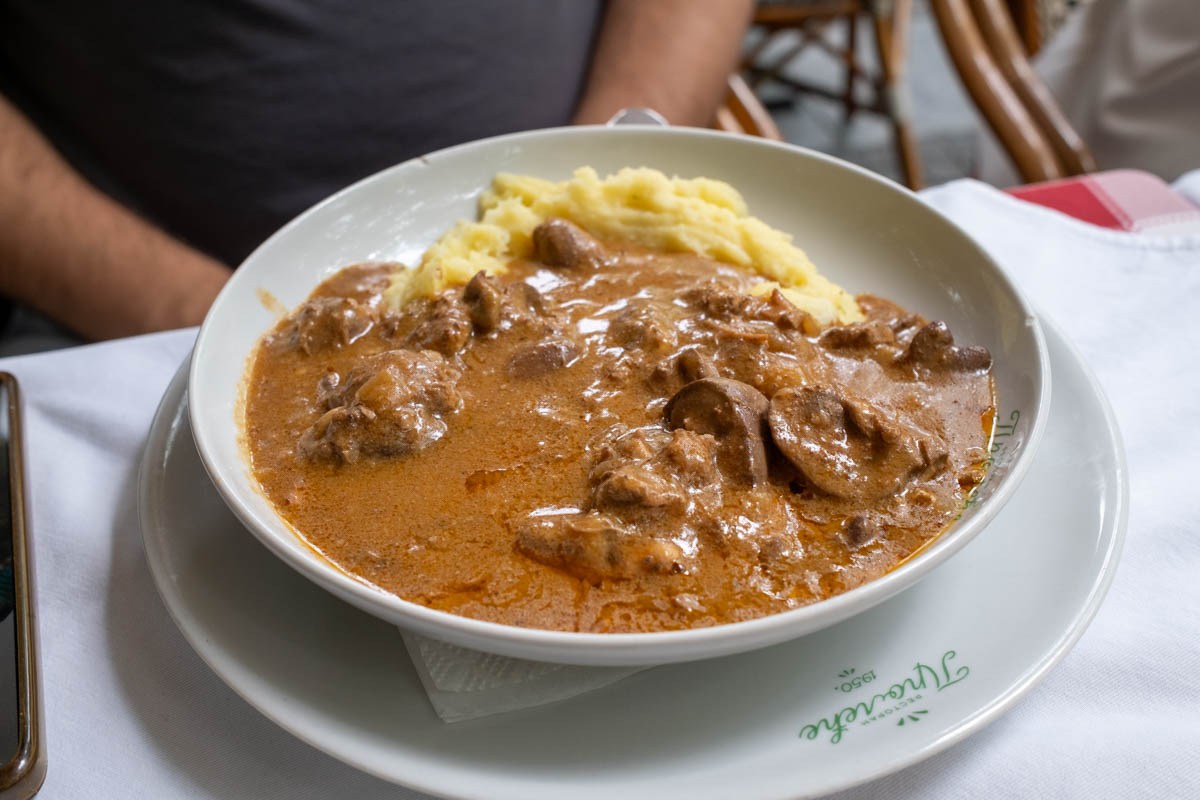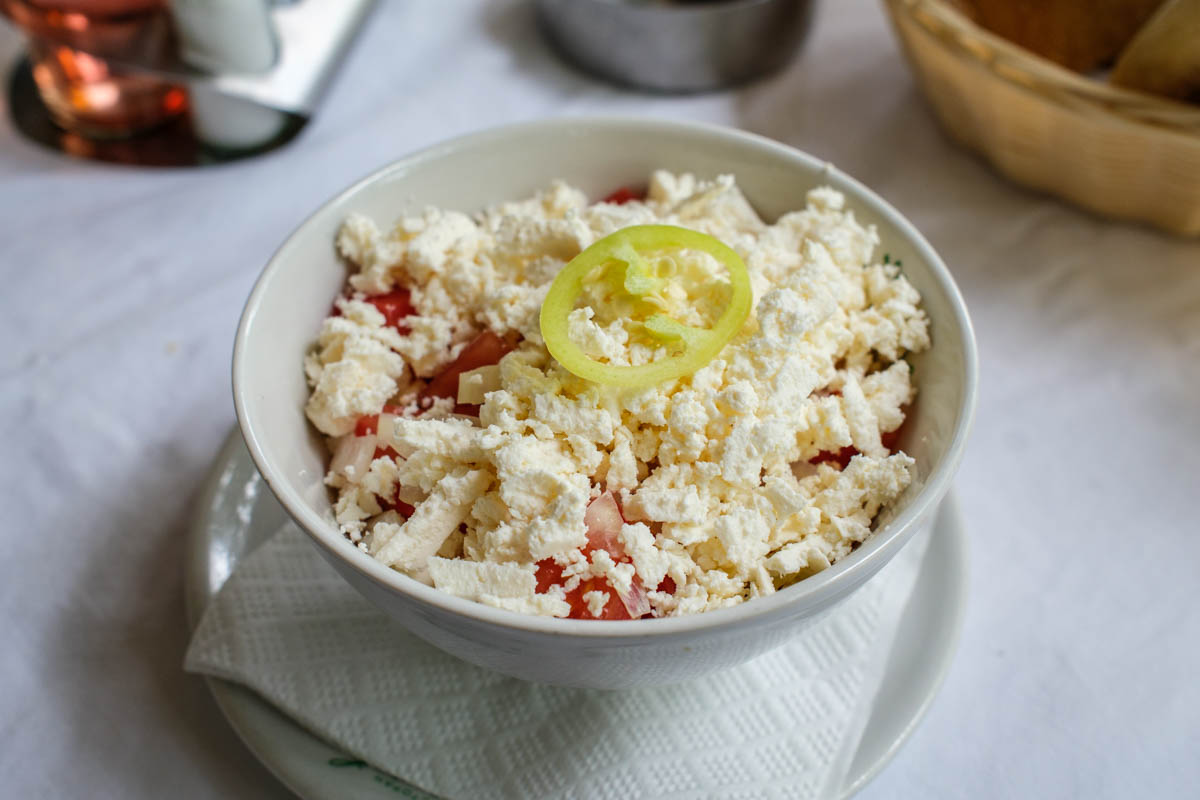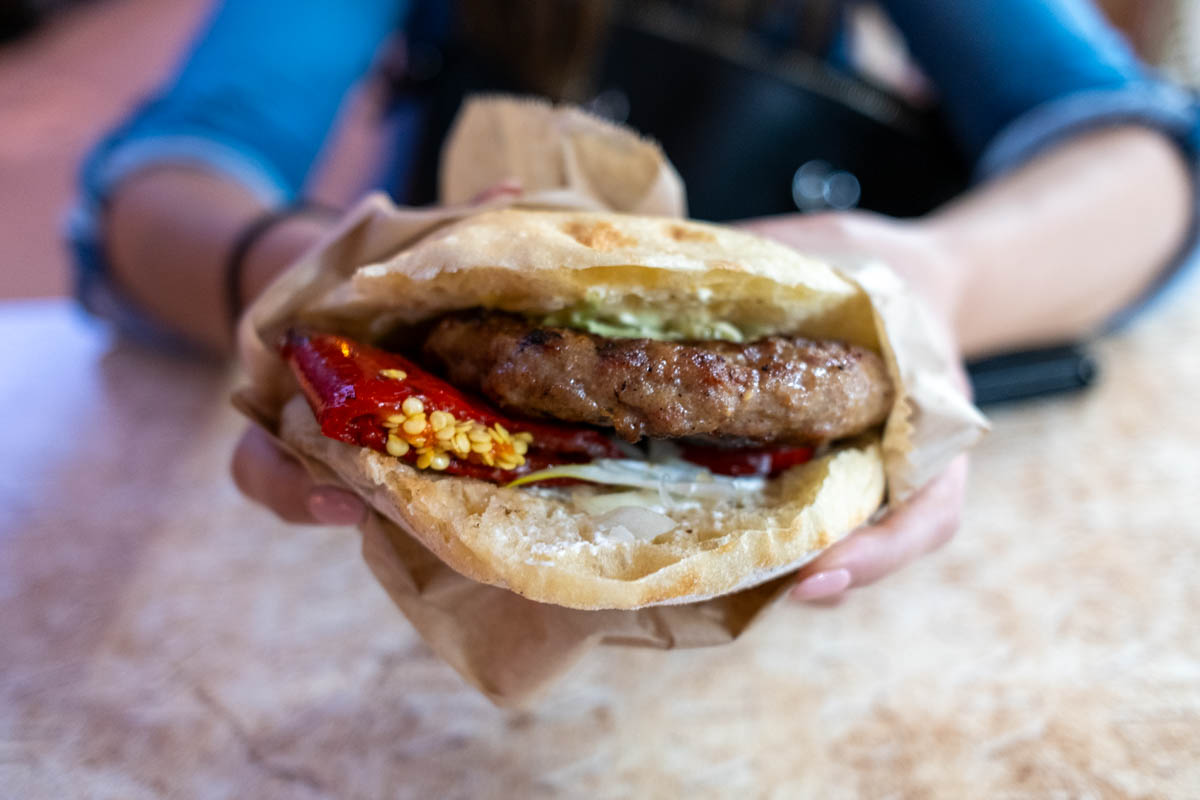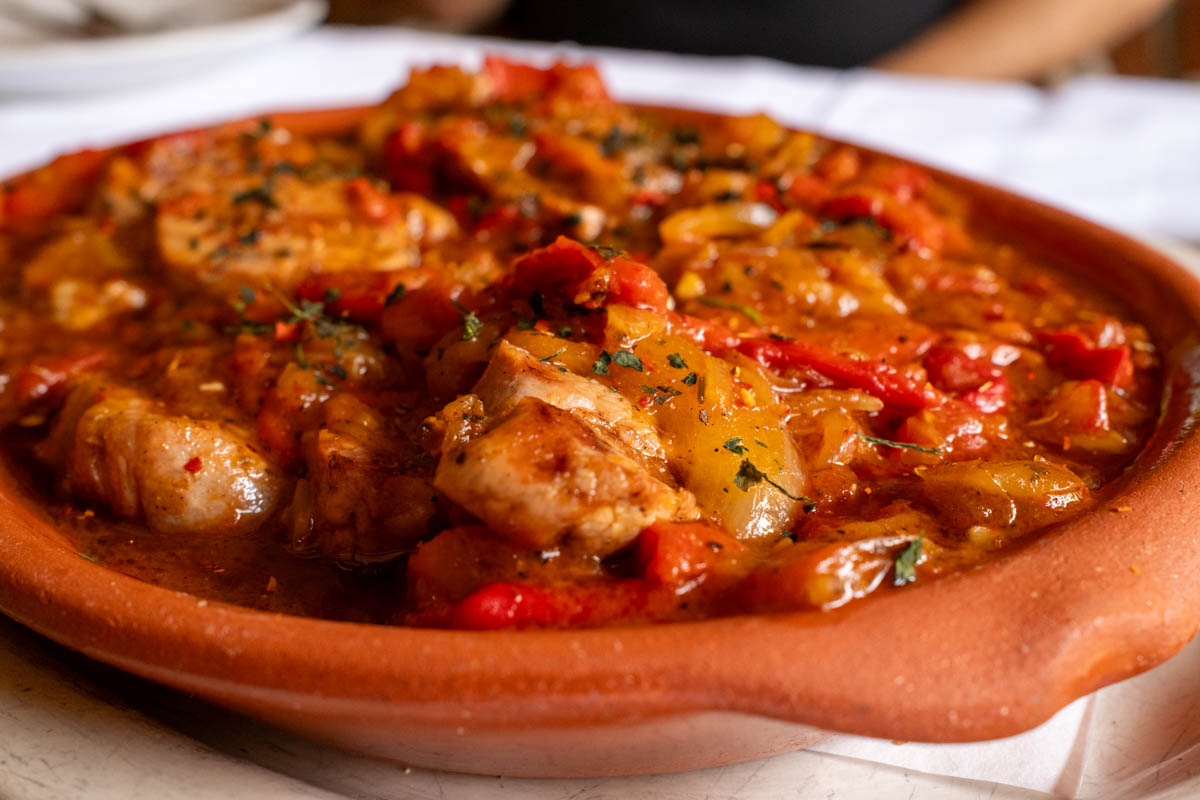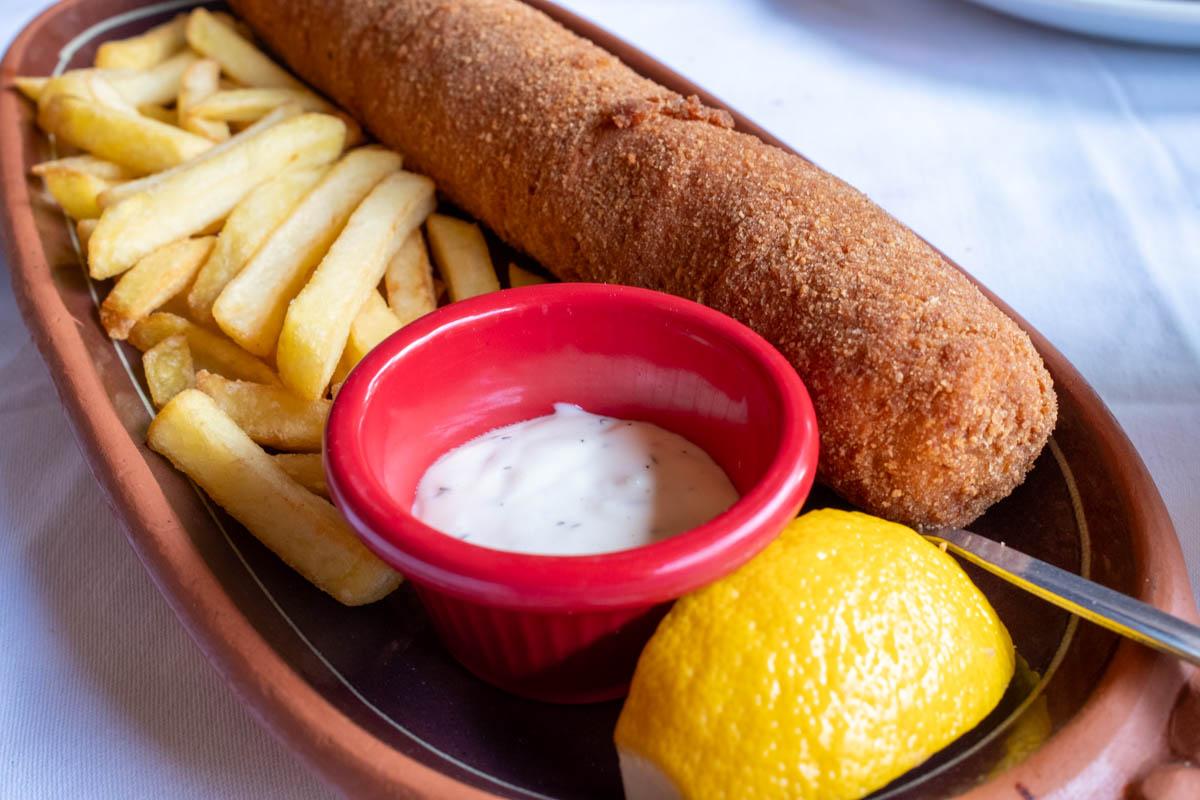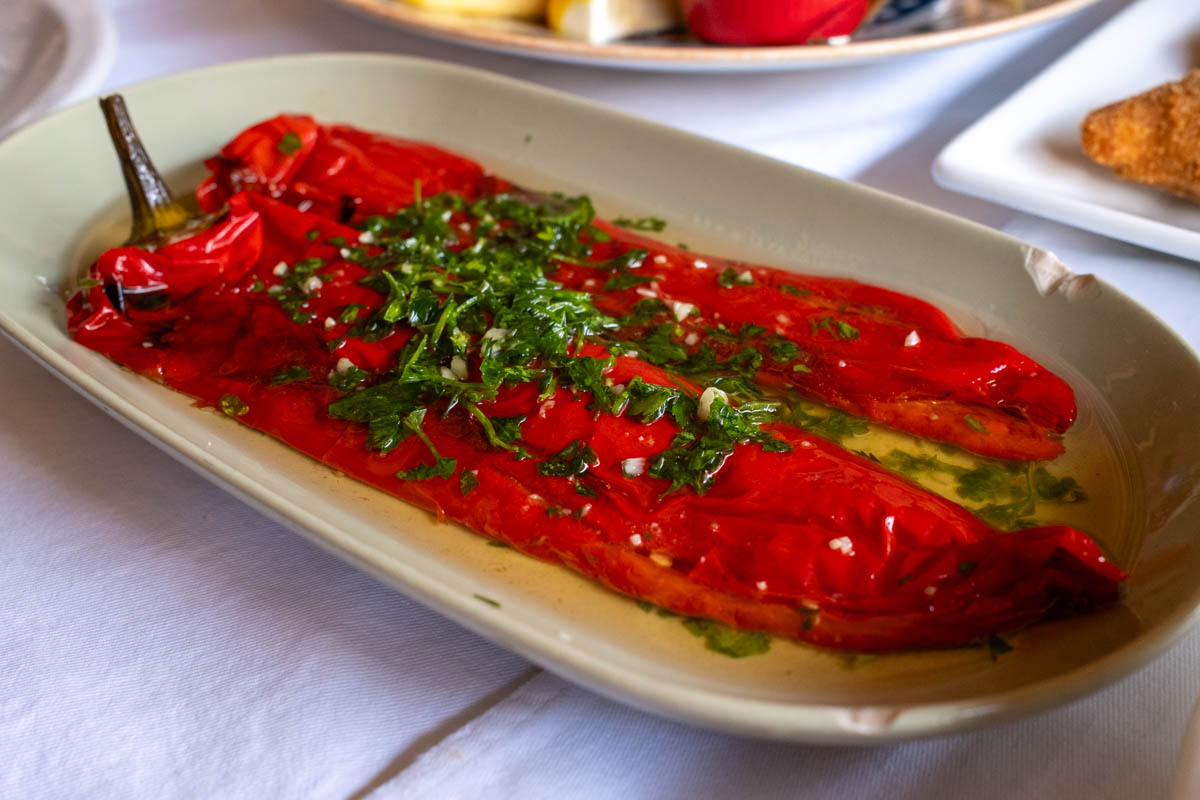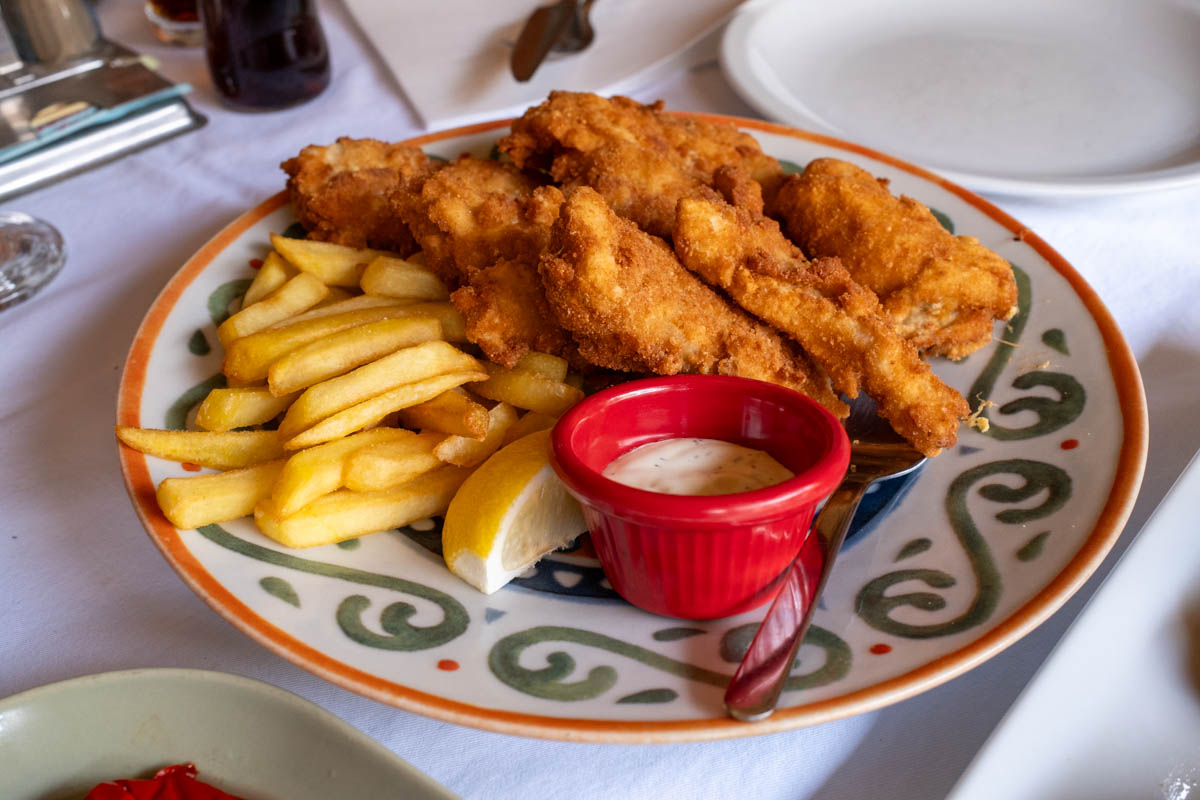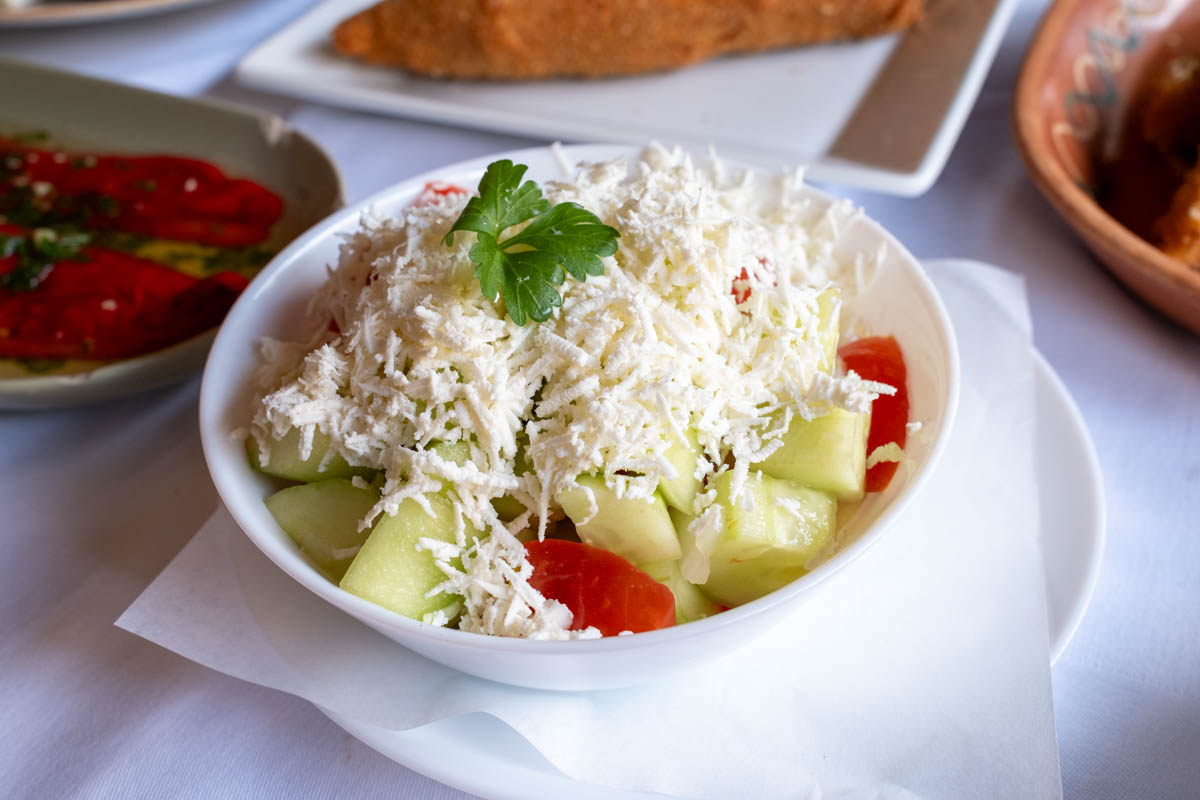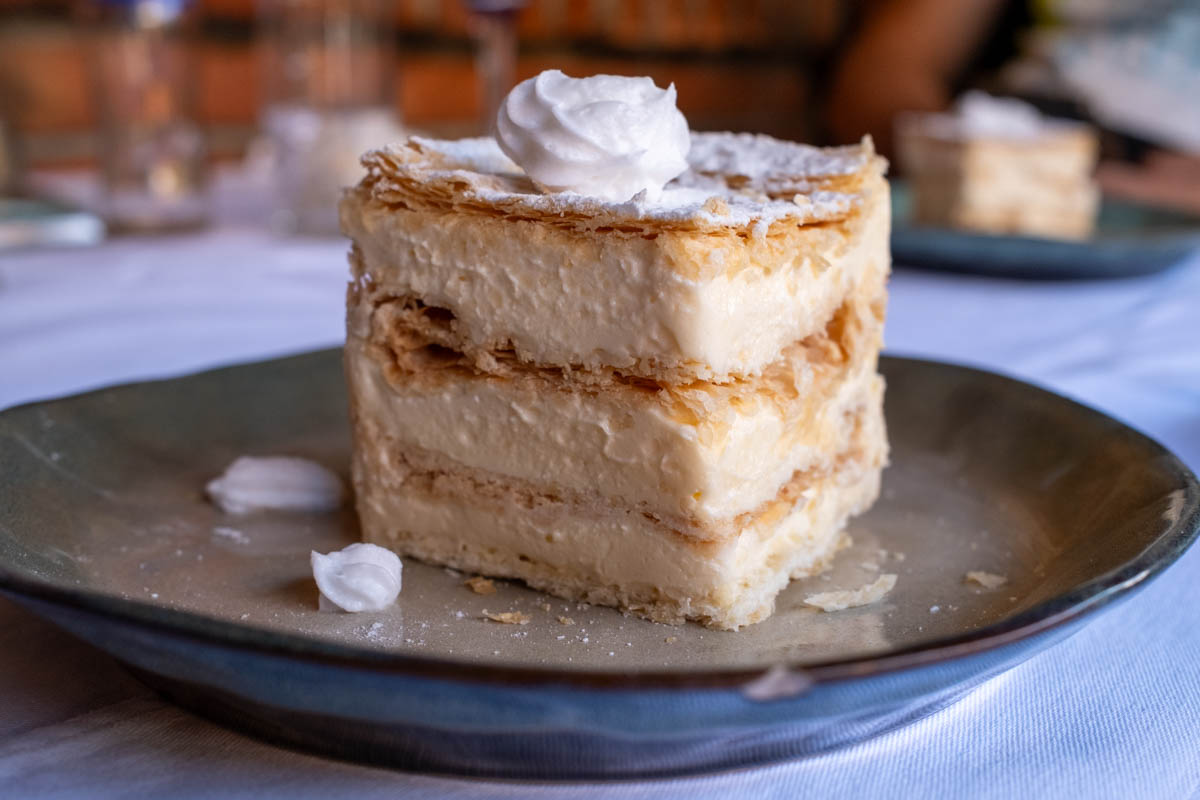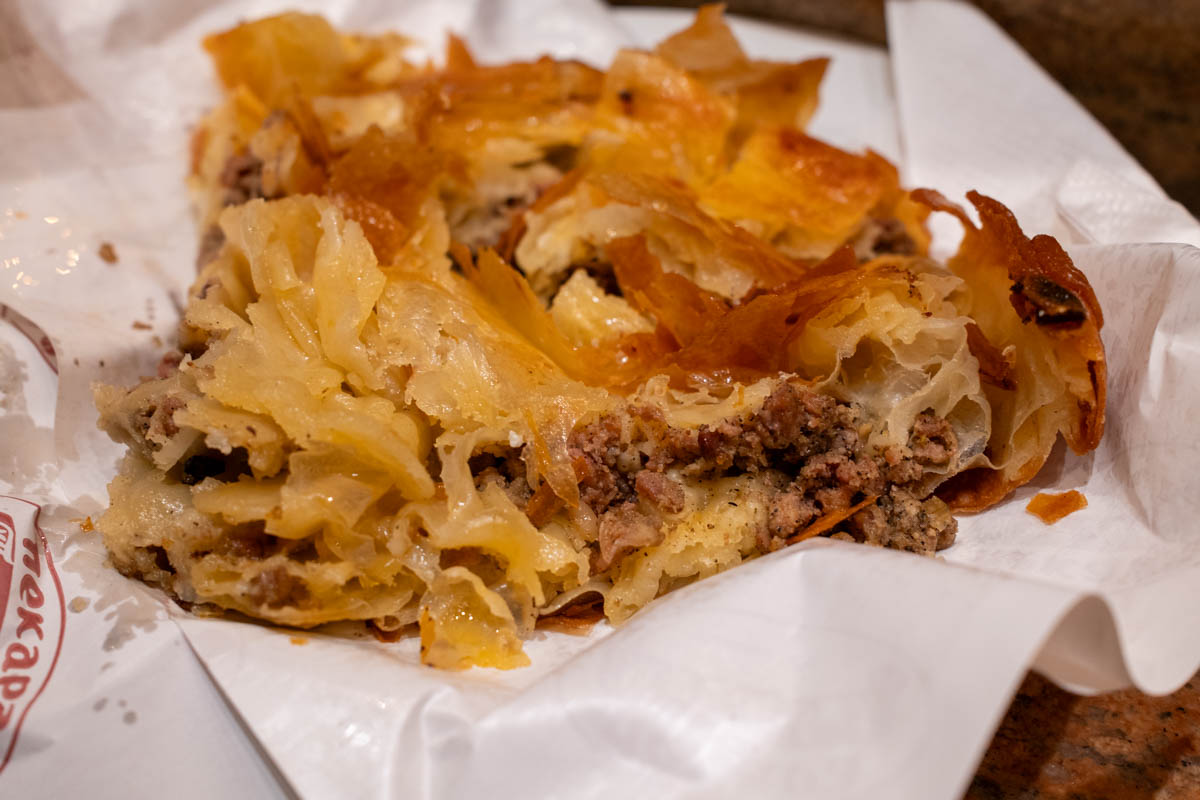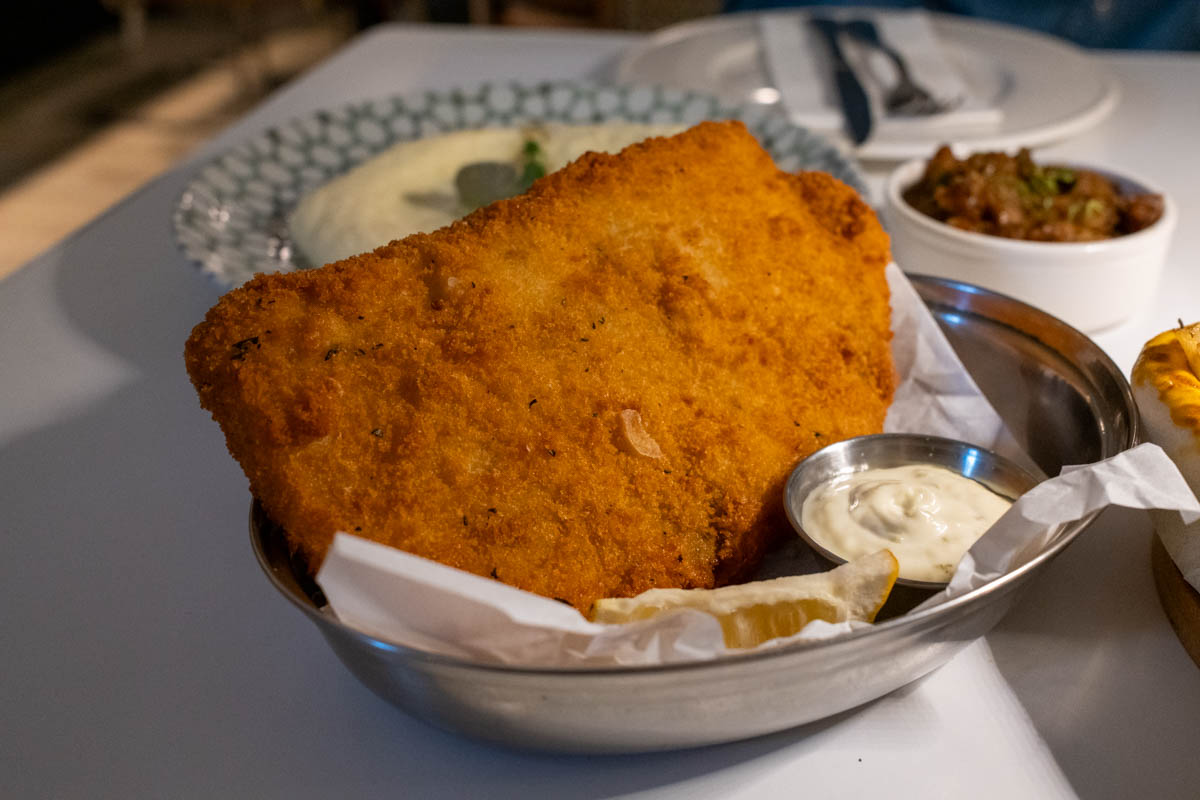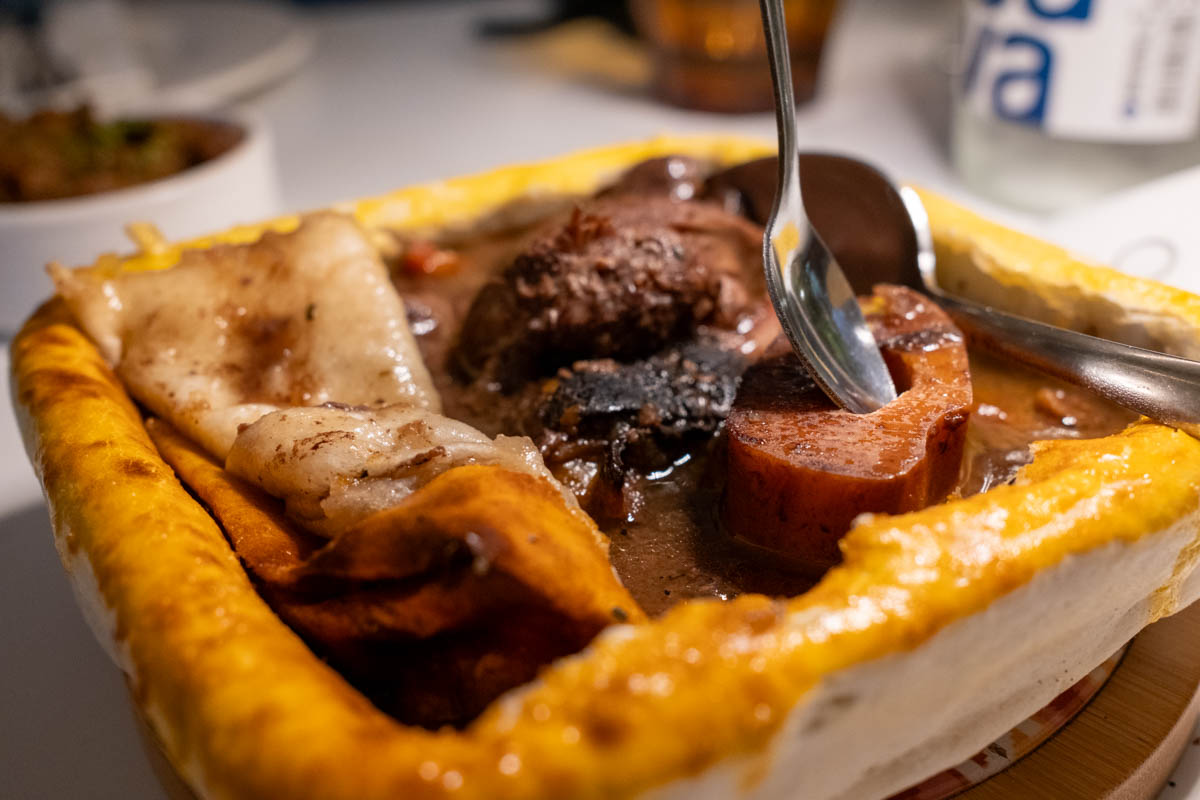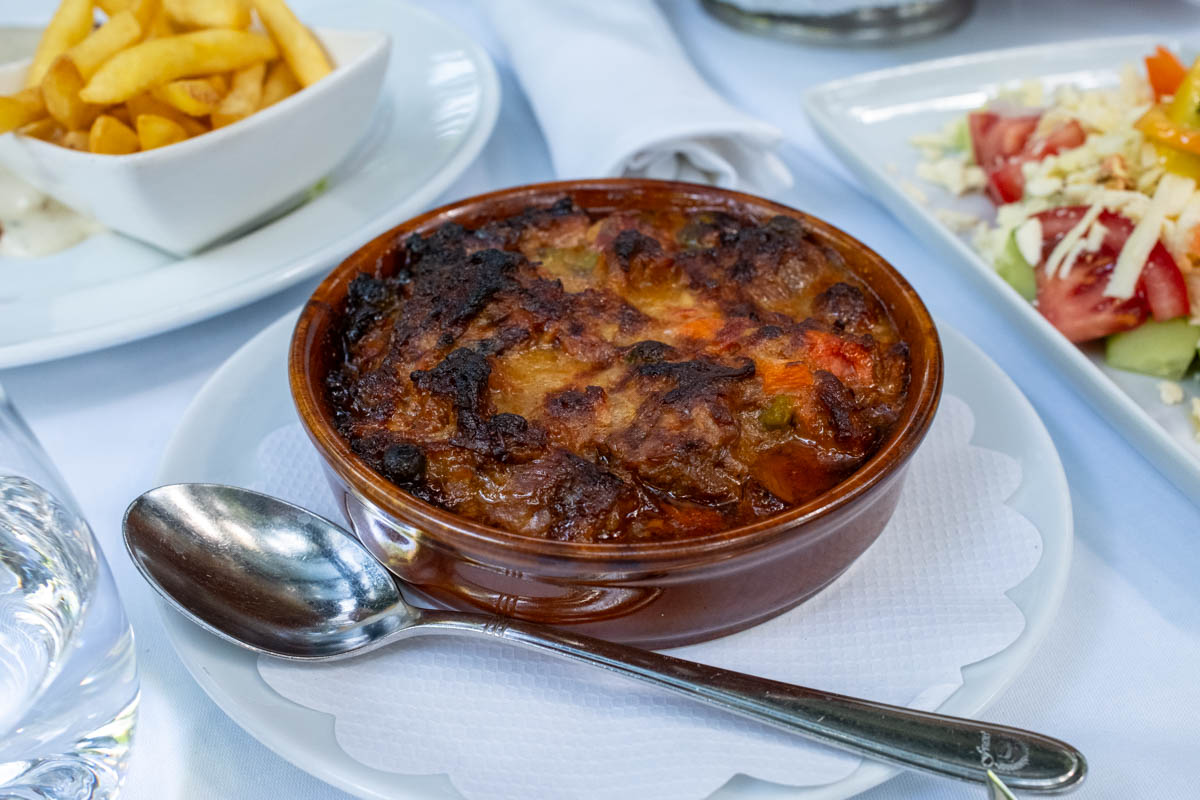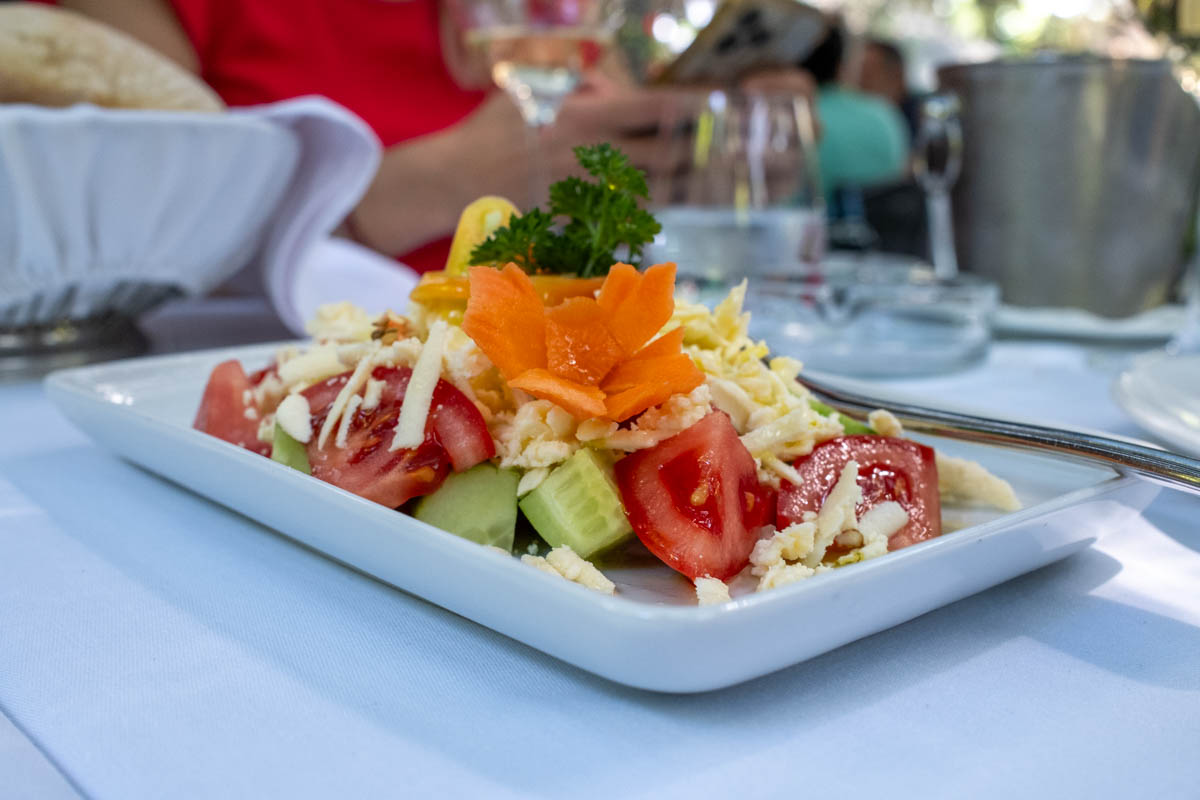BELGRADE | Serbian cuisine isn’t as well known as a lot of other European cuisines. Despite this, when people try Serbian food for the first time, they’re struck at how familiar some of it is. Serbia, being in the Balkans has long been a geographically strategic place. At various times throughout its history, the area has been controlled by empires from the West, East, and South. Each has left its imprint on the country’s culture, and its food.
Ancient Hellenistic, Byzantine, and Ottoman Empires have all had an undeniable impact on Serbia’s cuisine. Ottoman influences in particular, have shaped not just Serbian cuisine, but wider Balkan cuisine. Eat your way through Serbian favourites, and you’ll find particular similarities with Turkish, Middle Eastern, and Levantine food. Serbian cuisine too, has influenced those cuisines. It’s a fascinating history, and the regional variations are a joy to discover and enjoy.
Meat is a big part of Serbian cuisine, due to the country’s pastoral heritage and customs. The mountainous highlands and climate of the country meant that historically, raising livestock and planting basic grain, was more practical and bountiful than growing vegetables. Of course, these days, you can easily find great fruit and vegetables. While not a vegan and vegetarian hot spot, there are options if that’s what you’re looking for.
Beyond specific delicacies, I’ve included some of the place where you can enjoy these foods in Belgrade. For a full list on places to eat in Belgrade, check out my article, “Belgrade Food Guide: Where To Eat“.
Ajvar
Ajvar is a super popular Serbian relish/condiment made from red peppers that are roasted (ideally over fire), deseeded, minced, and cooked. Sunflower or a similar neutral oil, along with salt, are added. The traditional version, mild with no additional ingredients, is the most popular in Serbia, but there are regional varieties. A version with eggplants is popular, as is a spicier version.
Burek
Burek is common throughout the former Ottoman empire. It’s a pie, consisting of multiple layers of thin, flaky, filo-like dough. Its origins are mixed, with similarities to Turkish börek, Persian burak, Eastern Roman (Byzantine) tyritas plakountas, and even further back, the Ancient Greek and Roman pastry dish ‘placenta’.
Fillings can be sweet or savoury, and there are plenty of regional variations to enjoy. In Serbia, burek is made from alternating layers of filling and dough, in a large round baking pan, and cut into slices. A plain version with no filling is popular, as is a white cheese version, and a version with stewed minced meat and onions. Fillings like cheese and spinach, potato, sour cherries, and more are also popular.
Compared to other regional varieties, Servian burek tends to be heavier, and oilier, with a greater emphasis on meat fillings. Burek is popular at breakfast, and often enjoyed with a plain, natural drinking yoghurt. My favourite places to try it is Pekara Trpković. They have a great selection of fillings, and use different fats for the pastry depending on the filling.
Ćevapči
I grew up eating ćevapi, the famed grilled skinless sausage of the Balkans. Originating around 1500 as a variant of the Ottoman Turkish kebab, today the dish is a typical street food throughout the Balkans.
Regional variations are abundant, mainly amounting to differences in meat content and spices. In Serbia, ćevapi really became popular around the 1860. Most versions contain beef mince, but Serbian ćevapi (or ćevapčići as they’re often called here) can contain beef, lamb, pork, or any combination of the three.
You’ll find some of the best ćevapi in Belgrade at Ćevap kod Dekija. The most popular option is the classic. A serve of 5 or 10 of their smoky grilled ćevapi inside house made lepinja (flatbread) with diced onion. Be sure to grab a serve of their spicy ajvar to go with each bite.
Gibanica
Technically a kind of strudel, gibanica is a pastry dish that’s one of the most popular deserts in Serbia. It consists of light layers of crumpled filo pastry, filled with various fillings. The most popular and common filling is the traditional one of cottage cheese, eggs, milk, and kajmak.
Karađorđeva šnicla
Created in by Josip Broz Tito’s personal chef, Mića Stojanović, in 1956 or 1957, Karađorđeva šnicla is a twist on Chicken Kyiv. Despite a relatively modern dish, it’s well and truly established itself as a staple of Serbian cuisine, and can be found in traditional restaurants all over the country.
Traditional Karađorđeva šnicla consists of thin pounded veal, pork, or chicken steak, filled with kajmak, rolled with flour and eggs, then rolled with breadcrumbs. It’s fried until golden, and served with tartrate sauce and mayonnaise, and a wedge of lemon.
Common sides include fries, roasted red pepper, green beans, and steamed vegetables. There are also regional variations, which use additional fillings such as ham, pickles, and peppers.
Kajmak
Kajmak is a dairy food, similar to clotted cream, that’s popular throughout the Balkans and the Middle East. It’s a rich, thick, creamy delight, enjoyed best within two days of being made. In Serbia, it’s usually enjoyed as a filling in desserts, or plain inside freshly baked pita for breakfast.
Krempita
Krempita is Serbia’s take on the the vanilla slice. Layers of puff pastry are filled with a thick custard, and sprinkled with icing sugar. Some places serve a version with meringue crème as well as custard, but the pure custard version is by far the most common.
Knedle
Knedle are ball-shaped Serbian potato-dough doughnuts that trace their origins to the Austro-Hungarian Empire. They can be filled with an assortment of sweet and savoury fillings. Plum is one of the most traditional and popular fillings, with flavours like apple, strawberry, mushroom, and cottage cheese also popular.
A great place to try kndele is Ferdinand Knedle. It’s a popular knedle chain with several convenient locations. They have all of the classic flavours, plus flavours like passionfruit, choc-orange, and Nutella.
Ljutenica
Similar to ajvar, but less popular than it in Serbia, is ljutenica. It’s a red pepper-based vegetable relish/condiment that’s chunkier than ajvar. It contains a small amount of tomatoes, while ajvar does not. While both ajvar and ljutenica can be mild or spicy, the former tends to be more common in its mild form, versus the latter which is more commonly spicy. In fact, the word “ljuto”, where ljutenica gets its name from, means hot/spicy.
Mućkalica
The ultimate winter warmer, mućkalica is a hearty Serbian barbecued meat and vegetable stew. There’s no hard and fast rule about what meats and vegetables can be used, with everyone having their own version. One of the most popular versions is Leskovacka mućkalica. It contains diced pork shoulder, bacon, tomato, roasted red pepper, onion, garlic, Vegeta, and paprika. Be sure to have some lepinja handy to mop up all of the wonderful liquid from the bottom of your bowl.
Offal
A long history of rearing livestock and making the most of all parts of the animal means that offal dishes are a part of Serbia’s food. More eaten at home rather than at restaurants, Serbia’s offal dishes are well worth a try.
Typical tripe dishes include shkembe chorba, a herbed, garlicy stomach and onion soup; crevca (grilled intestine that’s popular as a bar snack); and crumbed, deep fried tripe.
Palačinke
Palačinke are thin, crepe-like pancakes that can be traced back to ancient Greco-Roman times. Fried in a pan with butter or oil, they’re traditionally rolled with jam. My grandparents made me palačinke all the time while growing up. My favourite fillings were, and still are, strawberry jam, Nutella, and honey. Less traditionally, I also enjoy them with some pandan kaya.
Pljeskavica
At its most basic, pljeskavica is simply a grilled burger patty, but that’s underselling things. Different meats can be used, combined with things like chopped onions, garlic, ground pepper, and cheese. It’s usually served with lepinja.
The version at Restoran Prolece contains a combination of beef and chicken mince, cheese, and garlic. It’s served simply with diced raw onion, chips, and lepinja, and is delicious. For a more street food version to enjoy as a burger with your choice of fillings, try the pljeskavica at Čaki.
Podvarak
Popular throughout the Balkans during winter, is the sour cabbage/sauerkraut dish, podvarak. It contains the aforementioned cabbage, mixed and oven baked with finely diced onions, and meat. Pork or chicken are the usual meats of choice, and the dish is typically seasoned with diced fried bacon, garlic, and paprika.
A similar Serbian dish, that’s slow cooked in a large pot rather than baked, is svadbarski kupus (“wedding cabbage”). You’ll typically find it at weddings and other large events. Keep an eye out for it if there are any big festivals on when you’re in Serbia.
Prebranac
If you’re a fan of baked beans, you’ll love prebranac. It’s a hearty stew consisting of baked beans cooked with onions, garlic, sweet paprika, bay leaves, and sunflower oil. It’s served both as a vegetarian dish, and as a meat version. Smoked sausage is a particularly popular addition.
Punjene Paprike
Literally translating as ‘stuffed pepper’, punjene paprike sees peppers filled with a stuffing of rice, mince, onion, herbs, and spices. It’s slow cooked in the oven, in a tomato based sauce. Everyone has their own version of the dish – my favourite is the version that uses smoked paprika and/or smoked pork hock in the sauce to add another layer of depth to the flavour.
Rakija
No list of Serbian foods to try would be compete without rakija. Rakija is a type of fruit brandy that’s popular throughout the Balkans. It can be made with all kinds of fruits and additions, and comes in various strengths. Sljivovica, or plum rakija, is the most popular version in Serbia.
A great place to try rakija is Rakia Bar. Located in the centre of town, you can find all kinds of rakija from local mainstream and independent distilleries. There’s traditional versions to try, and more experimental ones.
Sarma
Sarma is a traditional Ottoman dish made by wrapping vegetable leaves around a meat and rice-based filling. In Serbia, you’ll generally see cabbage used as the wrap, with grapevine leaves also being used in the summer. The typical filling in Serbia is the same as that used in punjene paprike, a few sections above this.
A vegan version, traditionally eaten during Lent, can be found at many places year-round now, for those with dietary requirements.
Srpska Salata
The Serbian version of shopska salad (also popular in Serbia), contains, at a minimum, finely diced tomatoes, cucumbers, and onions, seasoned with salt and olive oil or sunflower oil. Some versions contain white vinegar, while others are topped with diced feferon, a chilli similar to Cayenne. Traditionally cheese isn’t used in srpska salata, but it’s not uncommon to see an option to add some sirene (salty white cheese) to it.
Turšija
The word turšija originates from the Persian word torshi. It refers to the pickled vegetables common throughout the Balkans and Middle East. Enjoyed as a snack, or as a side with meals, Serbian turšija typically includes vegetables like cauliflower, carrot, cabbage, cucumber, celery, and red pepper.
What are some of your favourite Serbian foods to eat? Let me know if there’s something I need to try that’s not on this list. For a full list on places to eat in Belgrade, check out my article, “Belgrade Food Guide: Where To Eat“.


